Are You Guilty of Hazard Numbness?
Are You Guilty of Hazard Numbness?
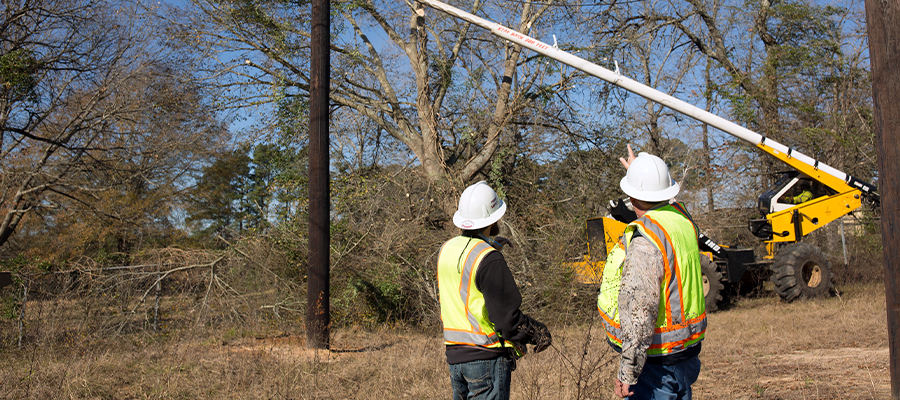 by Darrin Salvador, ACRT Consulting Utility Forester
by Darrin Salvador, ACRT Consulting Utility Forester
The fact that we are still having injuries and fatalities in the Utility Vegetation Management Industry (UVM) is concerning. The current state of hazard recognition is higher than ever. While we talk safety and work hard to develop hazard mitigation, are we doing everything we should be?
The environment we work in is chock full of ever-increasing hazards. Do we still see the same hazards we used to? I have found that throughout the years, the level of comfort I get with certain tasks is unsettling. During the first few days in the UVM industry, I was tasked with chipping brush behind a bucket crew. The hazards I saw on the first day were scary. By the third week, they were no longer scary because I was familiar with the task and the hazards. I cannot remember if I was mitigating the hazards correctly. The fact is I did not see most of the hazards the same way. Is it complacency, not actively caring, or hazard numbness? I believe I had become numb to the presence of the hazards and what the consequences could be.
What are the choices that lead to the point in our jobs that we are more averse to hazards now than when we started?
Hazard Numbness can be defined as the comfort level we experience for the small hazards we face every day. Complacency is usually defined as overconfidence and the lack of awareness of pending trouble. The word complacency is used a lot when talking about an incident but is it really the only problem? Your brain is trained by your actions every day. We spend large amounts of time doing the same tasks with the same results. The little shortcuts we take while performing those tasks are hard-wired and almost a condition of the feeling of completion.
If you have children, think back to when they were small. They almost always used the handrail or whatever they could reach when descending just a few stairs. Why is that? Their developing brains were institutionally telling them that the task is dangerous and that they could fall and be injured.
Now look at yourself, have you recently had a phone in your hand while descending a couple of steps? Did you even notice there was a handrail while performing that task? You have completed that task so many times without using the rail, without experiencing an incident, that your brain has reduced the feeling of danger and made you numb to the hazards. Reuters Health reports that almost 1 million people are injured on stairs annually. How many of the injuries could have been prevented just by using the handrail?
Hazard Numbness is part of the human condition. My personal experience has proven this to me. I have had plenty of close calls doing tasks that are done on a regular basis. There are always hazards involved during the completion of a task that I am numb to, which may have caused a close call.
I know there are ways to get around the numbness we have for the smallest hazards. We need to take a moment every day to think about just one task and look back on how we have accomplished it in the past. Is there one step of the process that does not feel right if you actually stop and think about it?
Now take that step and change it. Figure out the best way to mitigate the hazard even though it might take a minute. If we focus on that one step in the same process, we will retrain our brain to look at the hazardous part of that step. I know it may seem like a lot of work but in reality, our one of the most important parts of our job is to arrive home safe every day.
This article was originally published by Landscape Business.
Related Articles
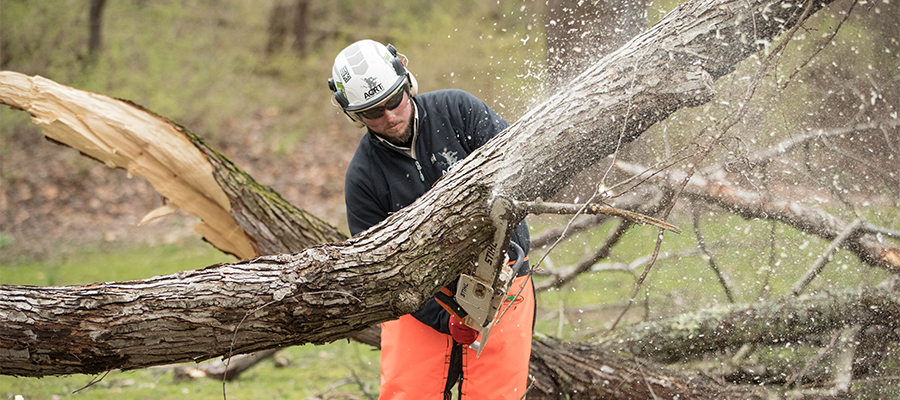
According to the National Safety Council, in 2020, “more than four million workplace injuries required medical attention in the U.S.”
Read More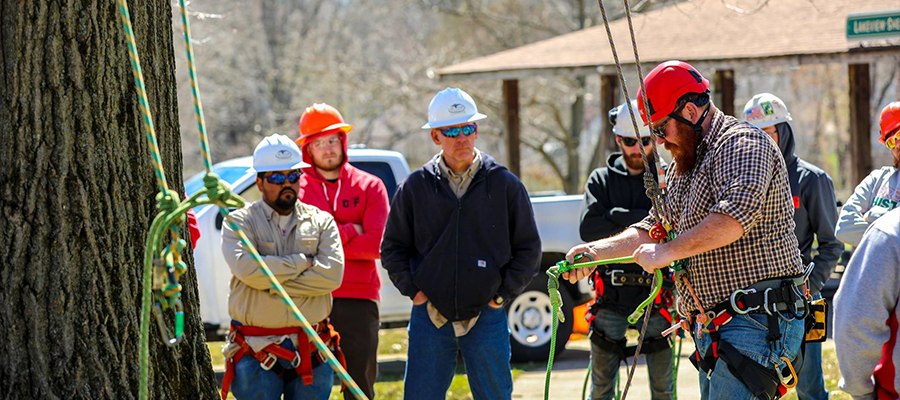
Learn what the ANSI Z133 Safety Standard is in our industry, its extensive history, and its scope in this informative overview.
Read More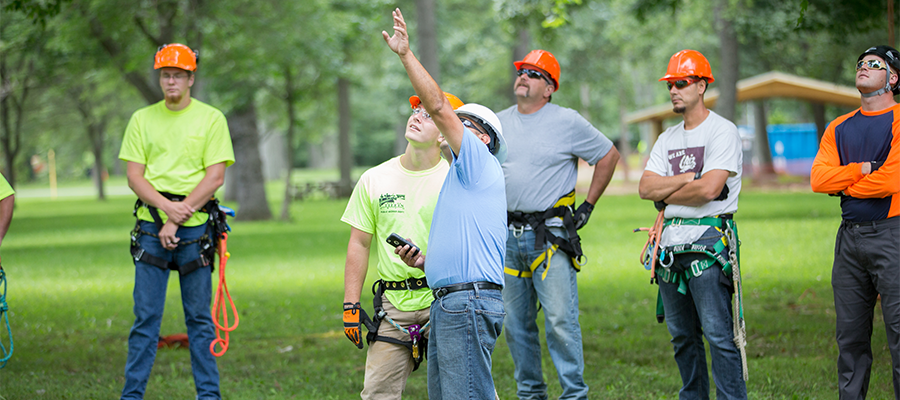
In this article from ACRT Arborist Training, learn the principles of rigging and how to effectively use the equipment involved.
Read More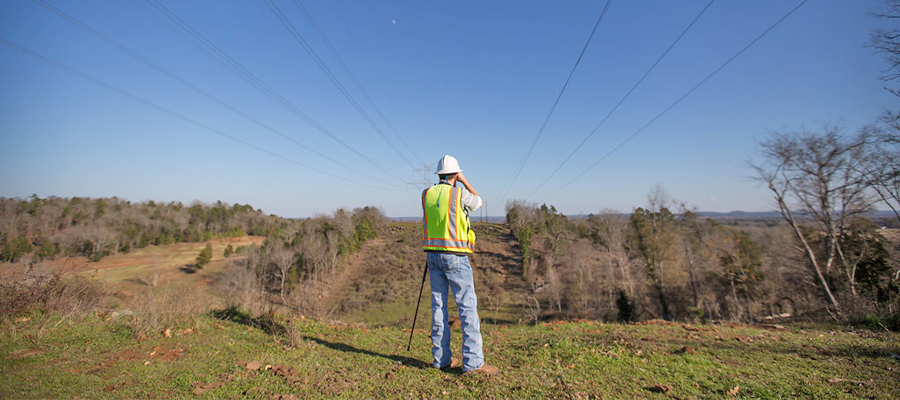
by Jeremy McCombs, traveling crew trainer, ACRT Arborist Training Skipping one small step here and there may eventually lead to more serious dangers in the future. Complacency is a major hazard when employees cut corners and take shortcuts, whether it’s for the sake of comfort or to “just get the job done.” Complacency — a[...]
Read MoreSUBSCRIBE
Subscribe to our mailing list to receive updates.
Categories
Recent Posts
- How-To: Learning Knot Basics 02th Aug 2018
- How-To: Tying a Stopper knot 07th Aug 2018
- How-To: Selecting the Right Safety Vest 21th Aug 2018
- How-To: Tying a Slip Knot 04th Sep 2018
- How-To: Inspecting Your Snaps 18th Sep 2018
Training the Next Generation
All our classes are built on industry safety practices. Ready to start learning?